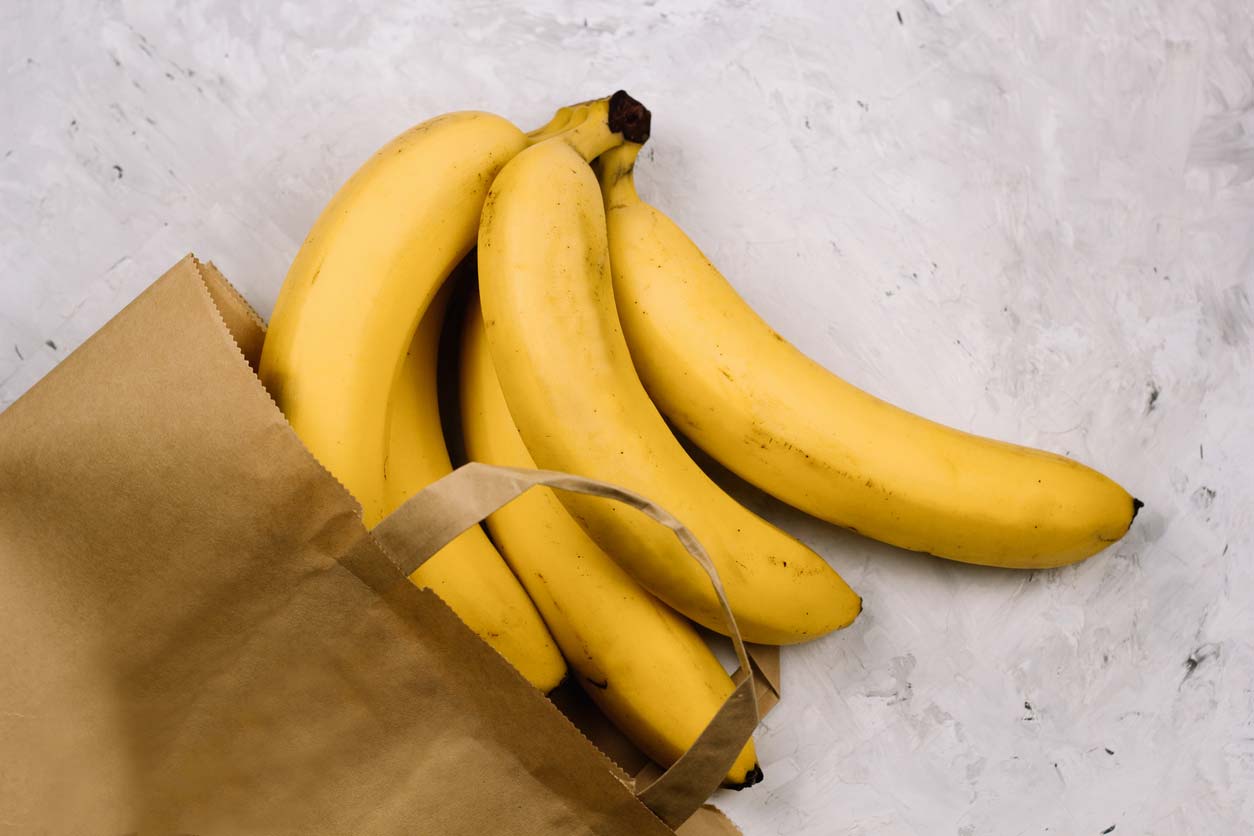


0 Readers
· Published February 14, 2020 · 11 min read

Do you know how to store produce properly? Or does it often go to waste?
Imagine that you received your salary in cash, and every other Friday, you take home a stack of bills. You’d spend some of it on necessities and perhaps an indulgence or two. You’d save some — if there were any left. Here’s what you probably wouldn’t do: put a bunch of twenties and fifties into a drawer; then take them out and shred them a week later.
But that’s precisely what we do when we buy fresh produce and don’t eat it. With the best of intentions, we gather gorgeous greens and radiant reds and yummy yellows from produce sections and farmers markets. We bring them home, stick them in the refrigerator, or leave them out on the counter, only to toss them in a few days because they’ve wilted or become moldy or started to smell.
It’s easy to beat ourselves up for this irresponsible pattern, but I have a better idea. Let’s discover the science and practice how to store produce, so it lasts longer, tastes better, and retains as much nutritional goodness as possible. Armed with this information, we can turn our kitchens from veggie graveyards into zero-waste nutritional powerhouses.
Let’s start our exploration of how to store produce with a look at how long produce lasts. That way, when you’re shopping, you’ll have an idea of whether to buy that 10-pound bag of sweet potatoes or if they’ll spoil before you have a chance to prepare and eat them.
Because there are hundreds of different kinds of fruits and veggies, I won’t go into the details of each type. (To give you an idea of how long this article would be: in my research, I discovered that different varieties of apples behave differently when stored in identical ways. And there are more than 7,500 varieties of apples in the world!) Instead, I’ll share three easy-to-remember categories, give you a few examples from each category, and provide links to the “motherlode” databases where you can look up your own favorite fruits and veggies at your convenience.
Some fruits and vegetables want to be eaten right away. It’s like they start diminishing while they’re still in your shopping cart. Don’t run red lights and stop signs to get them home, but do have a plan for when and how you’re going to serve them in the next two to five days.
ASAP fruits include apricots, berries, mangoes, peaches, plums, and ripe bananas. Veggies with a ticking clock include what I’ll call cooking greens (bok choy, chard, kale, and spinach), and common salad ingredients such as cucumbers and tomatoes. Fresh herbs typically also go in this category: basil, chives, and other leafy condiments.
Other fruits and veggies will give you a slightly longer consumption window. Fruits in this category include cherries, oranges, grapes, and pears. Lots of vegetables fit this bill, from nightshades like bell peppers and eggplant to the “head-shaped” cruciferous crowd of broccoli, Brussels sprouts, cabbage, and cauliflower. Other common veggies in this category include green beans, sweet corn, lettuce, mushrooms (technically not a veggie, I know, but neither are peppers or tomatoes. We’re giving ourselves some linguistic slack), summer squash, and baby potatoes.
Some fruits and veggies are patient and will wait weeks and sometimes even months for you to get around to eating them. Apples, lemons, and limes are the endurance athletes of the fruit kingdom. At the same time, root vegetables like beets, carrots, ginger, onions, large potatoes, sweet potatoes, and turnips win the vegetable ultramarathon, along with the longevity superstars — winter squashes like butternut.
These categories serve as guidelines on how to store produce, not hard and fast rules. Sometimes the broccoli is already turning yellow, the bananas resemble giraffes, and the pears are soft as marshmallows. And avocados and kiwis can be rock hard and need a week or more to ripen. Or they can be so mushy that they need to be eaten more-or-less immediately. In each case, use your own best judgment, based on the condition of the produce when you buy it.